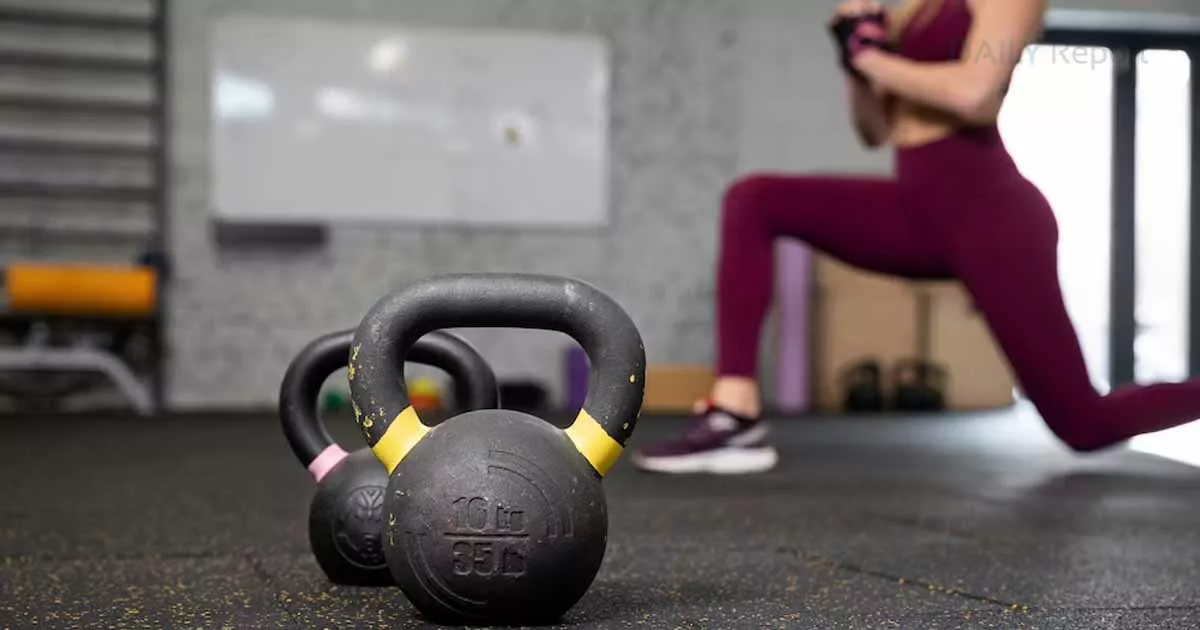10 Things to Consider Before Buying Workout Equipment
When it comes to fitness, having the right workout equipment can make all the difference in achieving your goals. Whether you’re building a home gym or looking to add new equipment to your existing setup, it’s important to make informed decisions. With so many options available on the market, it’s easy to get overwhelmed and end up with equipment that doesn’t meet your needs or expectations. In this blog post, we will explore ten essential factors to consider before buying workout equipment, ensuring that your investment enhances your fitness journey.
1. Define Your Goals
Before purchasing any workout equipment, it’s crucial to have a clear understanding of your fitness goals. Are you aiming to lose weight, build muscle, improve cardiovascular health, or enhance flexibility? Different equipment serves different purposes, and aligning your goals with the right equipment will help you make effective choices. For example, if you’re focused on strength training, investing in weights and resistance bands would be more beneficial than purchasing a treadmill.
2. Assess Available Space
Consider the space you have available for your workout equipment. Measure the dimensions of your designated area to ensure that the equipment you choose will fit comfortably. Compact options are available for smaller spaces, and foldable equipment can be practical for those with limited room. Don’t forget to leave enough space for movement and ventilation to maintain a safe and comfortable workout environment.
3. Budget Considerations
Set a budget before you start shopping. Workout equipment can range from affordable to high-end, so determining how much you’re willing to spend will help narrow down your options. Remember that price doesn’t always reflect quality, and it’s essential to research and compare different brands and models to find the best value for your money.
4. Research Equipment Types
Take the time to research different types of workout equipment available. Understand the features, benefits, and limitations of each category, such as cardio machines (treadmills, ellipticals), strength training equipment (dumbbells, resistance bands), and flexibility and mobility aids (yoga mats, foam rollers). This knowledge will enable you to make informed decisions based on your goals and preferences.
5. Consider Safety Features
Safety should be a top priority when purchasing workout equipment. Look for features such as sturdy construction, non-slip surfaces, and secure fastenings. If you’re buying larger machines, check for safety certifications and read reviews to ensure they have a good track record regarding safety.
6. Quality and Durability
Investing in high-quality workout equipment is essential for its longevity and performance. Look for reputable brands with positive customer reviews and consider the warranty offered. Durability is especially crucial for equipment that will undergo heavy use, such as treadmills or weightlifting benches. Remember that quality equipment may come at a higher initial cost but can save you money in the long run.
7. User-Friendliness
Consider the ease of use when selecting workout equipment. Opt for equipment with intuitive controls and clear instructions. Some machines have pre-programmed workouts or digital interfaces that track your progress, making your fitness journey more enjoyable and motivating. If possible, try out the equipment in-store or research user experiences online to ensure it suits your comfort level and technical abilities.
8. Storage and Portability
If you have limited space or need to move your equipment frequently, consider its storage and portability. Look for equipment that is easy to fold, disassemble, or move around. Resistance bands, jump ropes, and adjustable dumbbells are great options for portability, while folding treadmills or compact ellipticals are suitable for space-saving.
9. Noise and Maintenance
Some workout equipment, such as treadmills or stationary bikes, can generate noise during use. If you live in an apartment or have noise-sensitive neighbors, consider quieter options or use exercise mats to dampen the sound. Additionally, check the maintenance requirements of the equipment you’re considering. Some machines may require regular lubrication or belt adjustments, so ensure you’re willing to invest time and effort into proper upkeep.
10. Read Reviews and Seek Recommendations
Before finalizing your purchase, read customer reviews and seek recommendations from friends, fitness professionals, or online communities. Real-world experiences can provide valuable insights into the equipment’s performance, durability, and overall satisfaction. Pay attention to both positive and negative feedback to make an informed decision.
Conclusion
Investing in workout equipment is a significant decision for anyone looking to improve their fitness journey. By considering factors such as goals, space, budget, safety, quality, user-friendliness, storage, noise, and maintenance, you can ensure that the equipment you choose aligns with your needs and preferences. Take your time to research and explore different options, as making informed choices will lead to more effective workouts and greater long-term satisfaction with your investment. Remember, the right workout equipment can make a world of difference in achieving your fitness goals and maintaining a healthy lifestyle.




